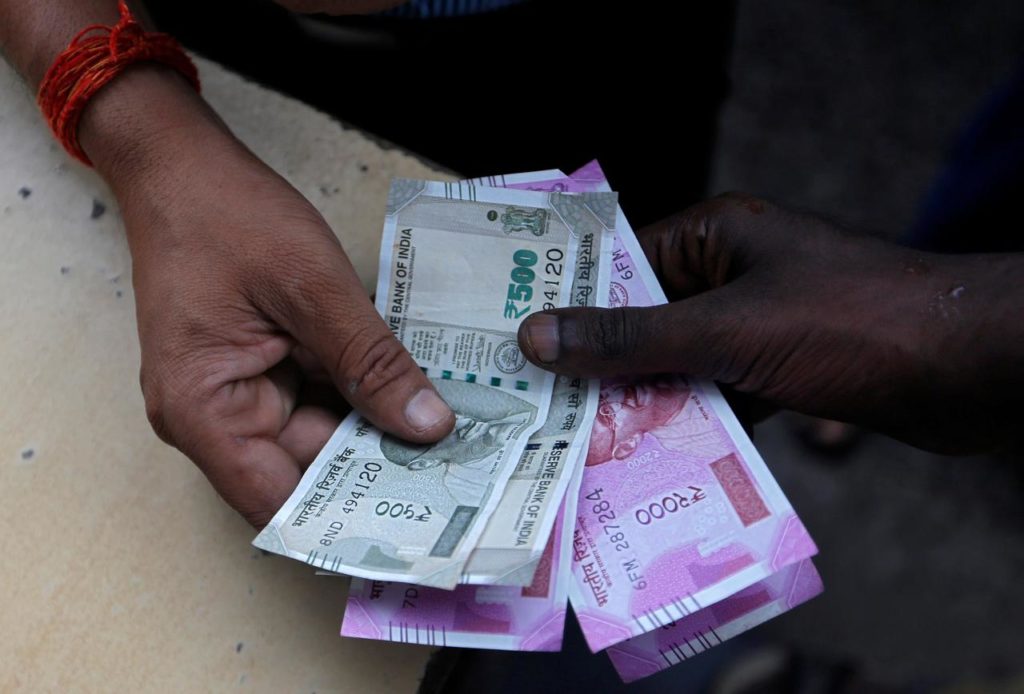Demonetisation: Six Years On, Jury Still Out On Its Efficacy
Nov 8, 2022 | Pratirodh Bureau
FILE PHOTO: The survey showed that 74 per cent of the non-profits consider “scaling their impact” extremely important. Despite this, most non-profits struggle to survive, let alone grow or scale their impact
(Source: PTI)
The jury is still out on the decision to demonetise high value currency notes on November 8, 2016, with the government claiming it has helped greater formalisation of the economy while critics saying it has failed to curb black money and reduce dependence on cash.
On November 8, six years ago, Prime Minister Narendra Modi had announced the demonetisation of old Rs 1,000 and Rs 500 banknotes and one of the key objectives of the unprecedented decision was to promote digital payments and curb black money, besides eliminating terror funding.
As per Reserve Bank data, currency with the public has jumped to a new high of Rs 30.88 lakh crore an October 21, indicating that cash usage is still substantial even six years after the demonetisation move.
At Rs 30.88 lakh crore, the currency with the public is 71.84 per cent higher than the level for the fortnight ended November 4, 2016. On November 8, 2016, Prime Minister Narendra Modi had announced the decision to withdraw Rs 500 and Rs 1,000 denomination notes with the ultimate aim of reducing corruption and black money in the economy.
The State Bank of India in a research report said the share of Currency In Circulation (CIC) in payment systems has been declining from 88 per cent in fiscal 2015-16 to 20 per cent in 2021-22 and is estimated to go down further to 11.15 per cent in 2026-27.
Consequently, the digital transactions’ share is continuously increasing from 11.26 per cent in 2015-16 to 80.4 per cent in 2021-22 and is expected to touch 88 per cent in 2026-27, the SBI report had said.
Criticising the Modi government’s demonetisation decision, Congress president Mallikarjun Kharge in a tweet said demonetisation was promised to free the country of black money.
“But it destroyed businesses and ruined jobs. 6 years after the ‘masterstroke’ the cash available in public is 72% higher than that in 2016. PM is yet to acknowledge this epic failure that led to (the) fall of (the) economy,” he said.
According to Jayati Ghosh, Professor of Economics at the University of Massachusetts Amherst, US, none of these objectives has been achieved.
“It is not surprising because the logic behind the move (cash is the cause of black money), the design of the move (without recognising the crucial role of cash in the informal economy that sustains around 85 per cent of the population) and the implementation (sudden and extreme without knowledge of and preparation by the public agencies and banks) were all completely flawed,” she said.
Meanwhile, Soumya Kanti Ghosh, Group Chief Economic Advisor at SBI, in a tweet said: “The jump in digital has significantly slowed down the growth of currency in circulation. As % of GDP, it is now at 11.8%, < 12.1% in FY16 and significantly lower than the nominal GDP growth. Absurdity in quoting absolute numbers of CIC then and now!”
LocalCircles, in a report said, six years after demonetisation of high value currency to weed out black money in circulation and check the growth of the parallel economy, the verdict is still not clear whether this gigantic step has indeed delivered its set goal.
Anecdotal evidence reveals that people are still paying or accepting black money in real estate transactions. People are still selling and buying products like hardware, paints and many other household and office paraphernalia and also delivering services without proper receipts, it added.
Following the withdrawal of the then prevailing Rs 500 and Rs 1,000 notes as part of demonetisation on November 8, 2016, the government had introduced new Rs 2,000 currency notes as part of re-monetisation. It also introduced a new series of Rs 500 notes. Later, a new denomination of Rs 200 was also added.
In value terms, the share of Rs 500 and Rs 2,000 banknotes together accounted for 85.7 per cent of the total value of banknotes in circulation as on March 31, 2021, as against 83.4 per cent as on March 31, 2020.
